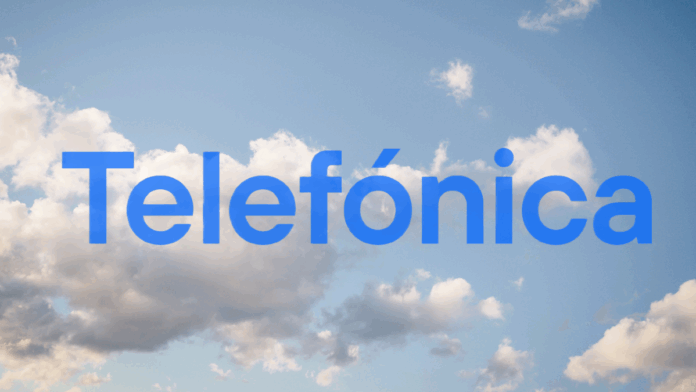Telefónica Germany reveals how a public cloud overhaul of IT and telecom is redefining its network — and its culture
Telefónica Germany has taken a bold step in telecom transformation by migrating both IT and telecom workloads, including the core network, to public cloud infrastructure. In doing so, the operator is advancing one of the industry’s most mature cloud-native strategies, focused not just on technology adoption but on fundamentally rethinking its operating model.
This public-cloud-first approach reflects the company’s belief that meaningful differentiation no longer comes from traditional network coverage or hardware choices. Instead, Telefónica Germany has prioritized agility, transparency and automation by turning to the hyperscale cloud.
“The intent [was] basically: Change the operating model, the way we think about… consuming the public cloud,” Telefónica Germany’s Chief Technology and Information Officer Yelamate Mallikarjuna Rao told RCR Wireless News.
The transformation, he said, began in the IT domain, where Telefónica launched a company-wide architecture overhaul to migrate every critical IT system—including billing, CRM, product catalog and order management — to the public cloud.
“Zero on-prem,” he emphasized.
Rao explained that one of the most complex and sensitive components to migrate was the charging platform, due to its handling of customer data. Telefónica addressed regulatory and sovereignty challenges by deploying confidential computing and end-to-end encryption.
“We sorted it out,” he said. “We now… have about 16 million customers… on [a] complete charging platform, sitting in the public cloud.”
This milestone laid the groundwork for similar advancements in the telecom network infrastructure.
Ending the Ericsson collaboration: A strategic pivot
Following its IT transformation, Telefónica turned its attention to telecom workloads —specifically migrating the packet core. Unlike enterprise IT applications, telecom workloads demand ultra-low latency, high throughput and real-time reliability.
“After almost a year, we said, okay, if you really want to disrupt yourself, you have to touch the core of our business, which is telco, right?” explained Rao.
The operator initially partnered with Ericsson and AWS to explore cloud-native deployment of core network functions. Despite nearly 18 months of investment, the collaboration failed to meet expectations. Performance challenges and strategic misalignment between the three companies — Telefonica, AWS and Ericsson — ultimately derailed the effort.
According to Rao, Ericsson’s dominant market position in Europe limited its incentive to disaggregate its solutions or accelerate public cloud adoption. Meanwhile, AWS at the time lacked readiness to support telecom-grade user plane workloads requiring high-throughput, low-latency performance.
Rao added that each partner approached cloud-native transformation from a different perspective, leading to fundamental differences in belief and execution strategy.
“I don’t want to drag a dead horse… I just want to move. And that’s when we said, okay, let’s change the track,” said Rao.
Telefónica ended the collaboration and pivoted to Nokia, which offered a more agile and cloud-aligned approach. Working closely with AWS, Telefónica redesigned infrastructure components to meet the performance requirements of telecom workloads. This shift enabled the successful deployment of a fully operational, public cloud-hosted core.
Operational shift and cultural change
Telefónica’s transformation also required major changes in operations. The company implemented a unified CI/CD pipeline across IT and network domains, enforcing a single DevOps model that all suppliers had to adopt. This brought consistency, lowered overhead, and enabled seamless in-service software upgrades.
Now, nearly 100 of the company’s 160 applications are hosted on Google Cloud and AWS—including the entire BSS stack.
“These are not small applications. These are big ones… including the entire, BSS stack,” said Rao.
Looking ahead, Telefónica Germany is focused on enabling more autonomous and resilient networks, with public cloud infrastructure serving as the foundation. The company sees 5G standalone as a key enabler, offering a clean architectural break to fully realize automation and open API-driven innovation.
Notably, this shift wasn’t only technical — it was cultural. Telefónica invested in workforce enablement across departments, offering cloud-native training to more than 1,600 employees in functions ranging from finance to customer service.
“Overinvest in people and culture,” offered Rao. “Forget about technology; the technology will come. It’s the people.”

